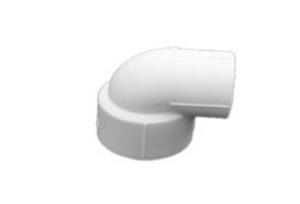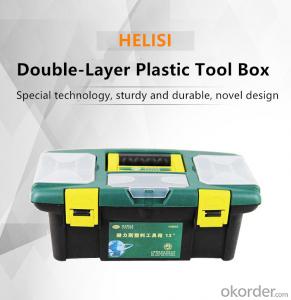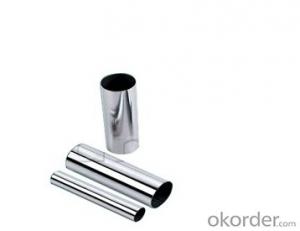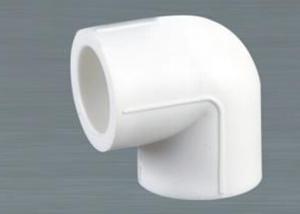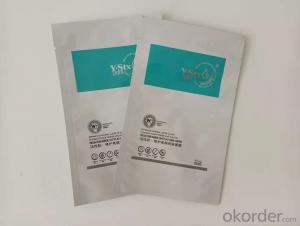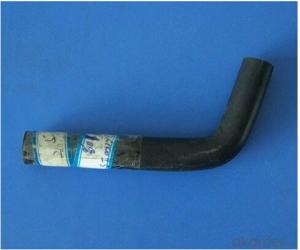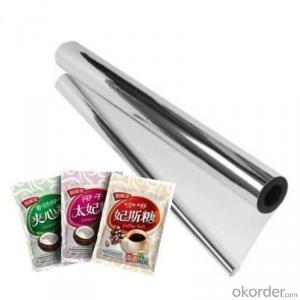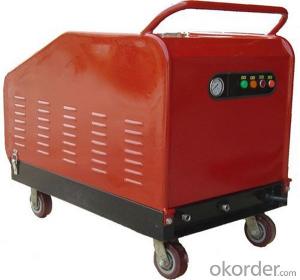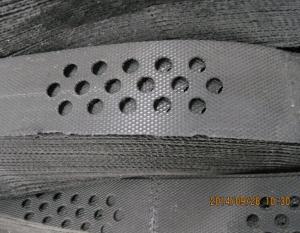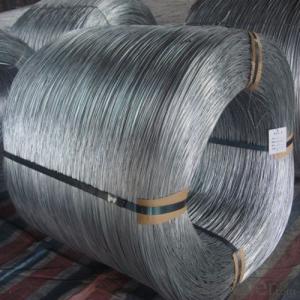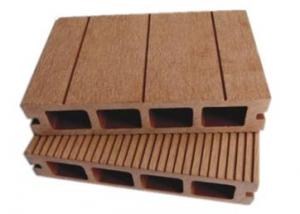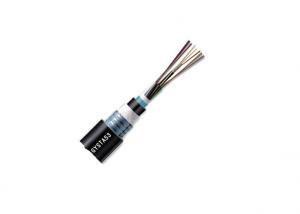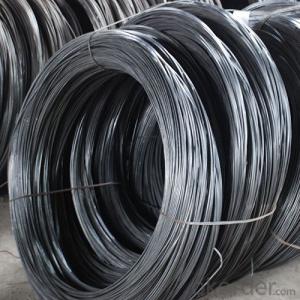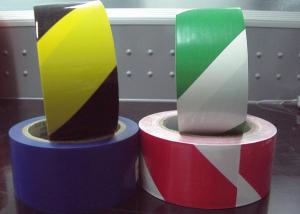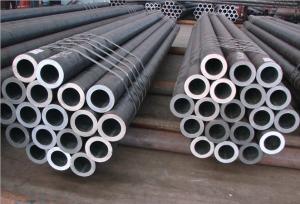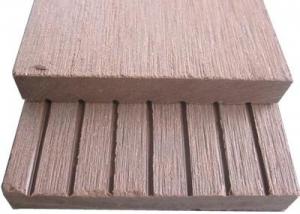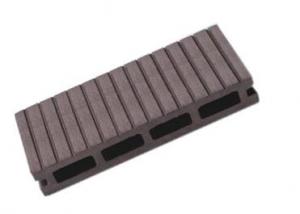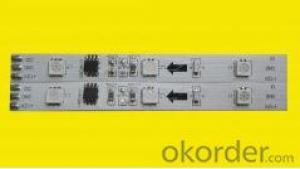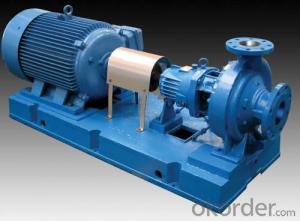Small Diameter Rigid Plastic Tubing
Small Diameter Rigid Plastic Tubing Related Searches
Primer For Galvanized Steel H S Code For Stainless Steel Wd 40 For Stainless Steel Spray Paint For Stainless Steel Drill Bits For Stainless Steel Sponge For Stainless Steel Caulking For Stainless Steel Steel Vessels For Kitchen Best Solar Inverter For Home Led Table Lamps For HomeHot Searches
Steel Mesh Panels For Sale Price For Stainless Steel Scrap Scrap Price For Stainless Steel Cheap High Tea Sets For Sale Stainless Steel Tanks For Sale High Density Fiberboard For Sale Solar Hot Water Collectors For Sale Scaffolding For Sale In Uae Scaffolding For Sale In Ireland Scaffolding For Sale In Houston Type Of Inverter For Solar Price Of Shipping Containers For Sale Stock Price For Aluminum Used Solar Inverter For Sale Portable Led Signs For Sale Stone Hot Water Bottles For Sale Large Led Screens For Sale Used Aluminum Scaffolding For Sale 1/4 Aluminum Plate For Sale Pvc Chairs For SaleSmall Diameter Rigid Plastic Tubing Supplier & Manufacturer from China
Okorder.com is a professional Small Diameter Rigid Plastic Tubing supplier & manufacturer, offers integrated one-stop services including real-time quoting and online cargo tracking. We are funded by CNBM Group, a Fortune 500 enterprise and the largest Small Diameter Rigid Plastic Tubing firm in China.Hot Products
FAQ
- Stainless steel pipes are commonly used in the construction industry for various applications such as water and gas supply systems, heating and ventilation systems, structural supports, and exterior cladding. They are preferred for their corrosion resistance, durability, and strength, making them suitable for both indoor and outdoor construction projects.
- The main difference between 321 and 321H stainless steel pipes lies in their carbon content and resulting mechanical properties. Both grades are stabilized austenitic stainless steels with titanium as the stabilizing element. However, 321H contains a higher carbon content compared to 321. The increased carbon content in 321H provides improved high-temperature strength and creep resistance. This makes 321H suitable for applications where elevated temperatures are involved, such as in the manufacturing of heat exchangers, furnace parts, and other high-temperature equipment. On the other hand, 321 stainless steel pipes are commonly used in applications that do not require exposure to high temperatures. They offer excellent resistance to intergranular corrosion and are frequently used in the aerospace industry, as well as for the fabrication of exhaust systems, chemical processing equipment, and other general-purpose applications. In summary, the difference between 321 and 321H stainless steel pipes lies in their carbon content and resulting mechanical properties. 321H is specifically designed for high-temperature applications, while 321 is suitable for general-purpose applications that do not require exposure to elevated temperatures.
- Yes, stainless steel pipes can be insulated with fiberglass. Fiberglass insulation is a commonly used insulation material for pipes due to its excellent thermal resistance properties. It helps to prevent heat loss or gain in the pipes, thereby improving energy efficiency. Fiberglass insulation is also lightweight, easy to install, and can be easily cut to fit around pipes of various sizes and shapes. Additionally, it is non-combustible and provides good sound insulation properties. Therefore, fiberglass insulation is a suitable choice for insulating stainless steel pipes.
- Yes, stainless steel pipes can be used for steam applications. Stainless steel is highly resistant to corrosion and can withstand high temperatures, making it a suitable choice for carrying steam. Additionally, stainless steel pipes have excellent strength and durability, ensuring a reliable and long-lasting performance in steam applications.
- The external coating used for stainless steel pipes can vary depending on the specific application and requirements. However, one commonly used external coating for stainless steel pipes is a layer of epoxy or polyethylene. This coating provides protection against corrosion, abrasion, and other environmental factors. It helps to extend the lifespan of the pipes and ensures their durability in various industries such as oil and gas, chemical processing, and water distribution. Additionally, this coating can also be used for aesthetic purposes, providing a smooth and visually appealing surface finish.
- The main difference between seamless and electric resistance welded stainless steel pipes lies in the manufacturing process. Seamless pipes are made from a solid stainless steel billet, which is heated and then stretched over a series of mandrels to create the desired shape and size. This process ensures a uniform and continuous structure without any welds. On the other hand, electric resistance welded pipes are made by forming flat stainless steel sheets into a cylindrical shape and then welding the edges together using an electric current. This results in a visible seam along the length of the pipe. While both types of pipes have their advantages and uses, seamless pipes are generally considered to have superior strength, corrosion resistance, and a smoother interior surface, making them suitable for applications where durability and cleanliness are crucial.
- The chemical composition and intended use distinguish 446 stainless steel pipes from 316 stainless steel pipes. 446 stainless steel, a heat-resistant alloy, is ferritic and contains chromium, molybdenum, and small amounts of silicon and carbon. This composition grants 446 stainless steel exceptional oxidation resistance at high temperatures, making it suitable for the automotive, power generation, and thermal processing industries. It can withstand temperatures up to 1500°C (2730°F) and displays good corrosion resistance in specific environments. Conversely, 316 stainless steel is an austenitic, corrosion-resistant alloy containing chromium, nickel, and molybdenum. Due to its superior corrosion resistance and ability to endure harsh conditions, it finds wide application in industries such as food processing, pharmaceuticals, marine applications, and chemical processing. Additionally, 316 stainless steel offers good resistance to pitting and crevice corrosion, making it appropriate for chloride-containing environments. In terms of mechanical properties, 446 stainless steel generally exhibits lower tensile strength and hardness compared to 316 stainless steel. However, it compensates for this by providing better high-temperature oxidation resistance. Conversely, 316 stainless steel possesses higher tensile strength and hardness, resulting in superior overall mechanical properties. In conclusion, while both 446 and 316 stainless steel pipes offer corrosion resistance, their chemical composition and specific application areas are the key distinguishing factors. 446 stainless steel is primarily suitable for high-temperature environments, whereas 316 stainless steel is more versatile and extensively employed in various industries due to its superior corrosion resistance properties.
- Various industries utilize different types of stainless steel pipe caps for various purposes. There are several common types: 1. Welded Pipe Caps: These caps are welded onto the pipe's end to create a secure and leak-proof seal. They are ideal for high-pressure applications that require a robust connection. 2. Threaded Pipe Caps: These caps have internal threads that allow them to be screwed onto a threaded pipe's end. They are commonly used in low-pressure applications and can be easily removed for maintenance or cleaning. 3. Socket Weld Pipe Caps: These caps have a socket on one end that fits over the pipe's end and is then welded to create a tight seal. They are typically used in high-temperature and high-pressure applications. 4. Butt Weld Pipe Caps: These caps are similar to socket weld caps, but instead of a socket, they feature a butt weld connection. They are commonly used in large-diameter pipes and are renowned for their strength and durability. 5. Compression Pipe Caps: These caps are designed for use with compression fittings, which are frequently used in plumbing and gas supply systems. They provide a tight seal without requiring welding or threading. 6. Flanged Pipe Caps: These caps have a flange on one end that allows them to be bolted onto a flanged pipe's end. They are often used in piping systems that necessitate frequent disassembly and reassembly. Each type of stainless steel pipe cap offers its own advantages and is suitable for specific applications. It is crucial to select the appropriate cap based on the project requirements to ensure a proper and secure fit.







